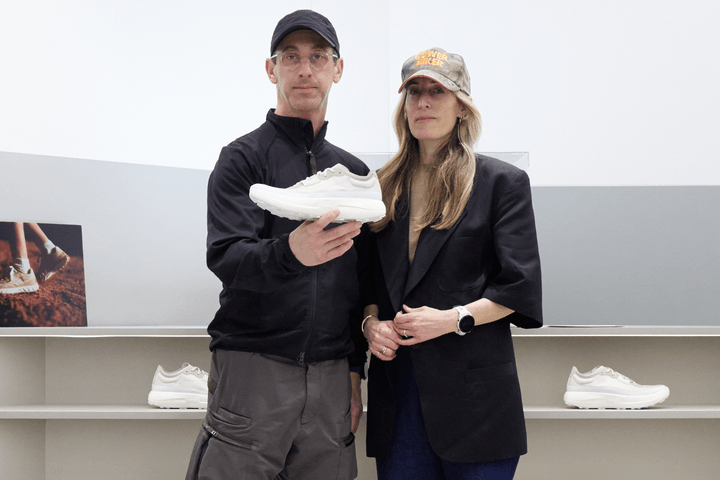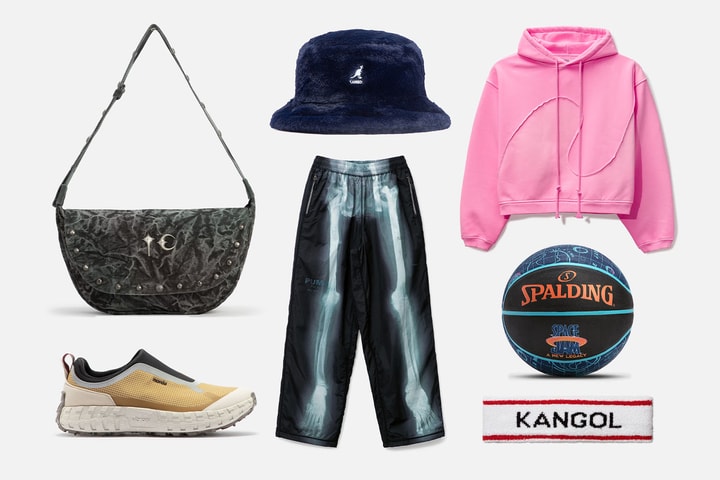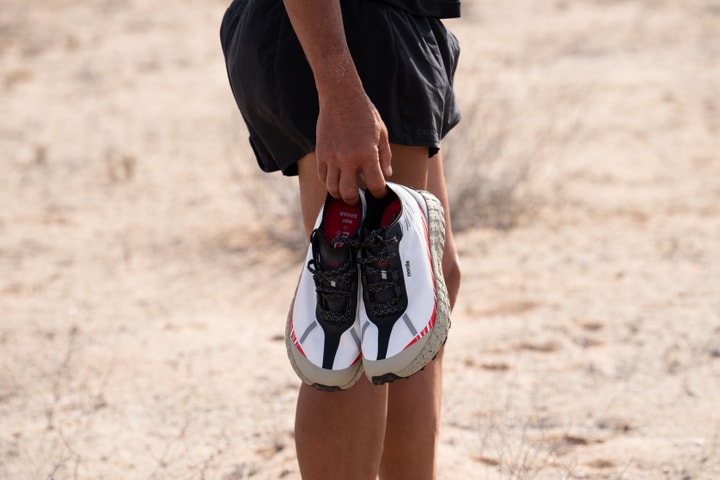During New York Fashion Week, Afterpay hosted a panel at Hypebeast’s 41 Division St. location on February 13, bringing together industry experts, influencers, and fashion tastemakers to discuss the rise and ongoing evolution of drop culture.
Moderated by Shavone Charles, musician and financial activist, the panel continued the conversation of Afterpay’s Dropshop initiative. Through the program, the financial platform allows exclusive drops and limited edition releases to be more accessible to the general public through their shopping app, empowering buyers financially by providing flexibility and choice at checkout.
The panel featured Round Two co-founder and owner of Luke’s NYC, Luke Fracher, Creative Director of Extra Butter, Bernie Gross, and Christine Kapp of Afterpay. “The fashion and footwear spaces are no stranger to a drop,” Shavone expressed, kicking off the conversation. Throughout the event, the panelists discussed accessibility within drop culture, what makes an effective drop and the future of limited or exclusive releases.
“Drop culture is more stale right now than we’ve seen in previous years,” Gross shared, “When it comes to luxury fashion, brands want to maintain a barrier of accessibility. The challenge these brands have is maintaining the cache that they have but still catering to their true consumers.”
As Gross and Fracher both have experience in catering to consumers, they agreed that the key to creating meaningful connections with customers is creating a sense of community. “Extra Butter and Luke’s are places where people can come and connect with other like-minded individuals. It’s about being authentic about who I am as well as the brand.”
Kapp, a Brand Communications specialist, reiterated the importance of connecting with buyers on a value-based level, which can be achieved through intentional, well-thought-out drops. “With drops, there is a gateway to engage with different consumers who will help you grow your brand,” she said.
Though we have seen the impact of drop culture throughout the industry, each panelist aligned on the fact that, for many, these drops often seem out of reach. “I think we need to give people more time to discover drops,” said Fracher, which was a key factor of Afterpay’s Dropshop program. By recently allowing buyers to browse special drops beyond the original release date, Afterpay brought a sense of accessibility and ease to the experience.
As far as the future of drop culture, the panelists all shared hopes of it reaching beyond just fashion and footwear. “I think drop culture should find other product narratives to get excited about. The process of what justifies a drop should be more critical,” said Gross. Kapp continued, “We should think beyond the typical boundaries of drop culture. It’s about how you market it; what other touch points can you use to bring people into the brand?”
To learn more about Afterpay Dropshop and the platform’s initiative to make drop culture more accessible, visit HBX.com.


